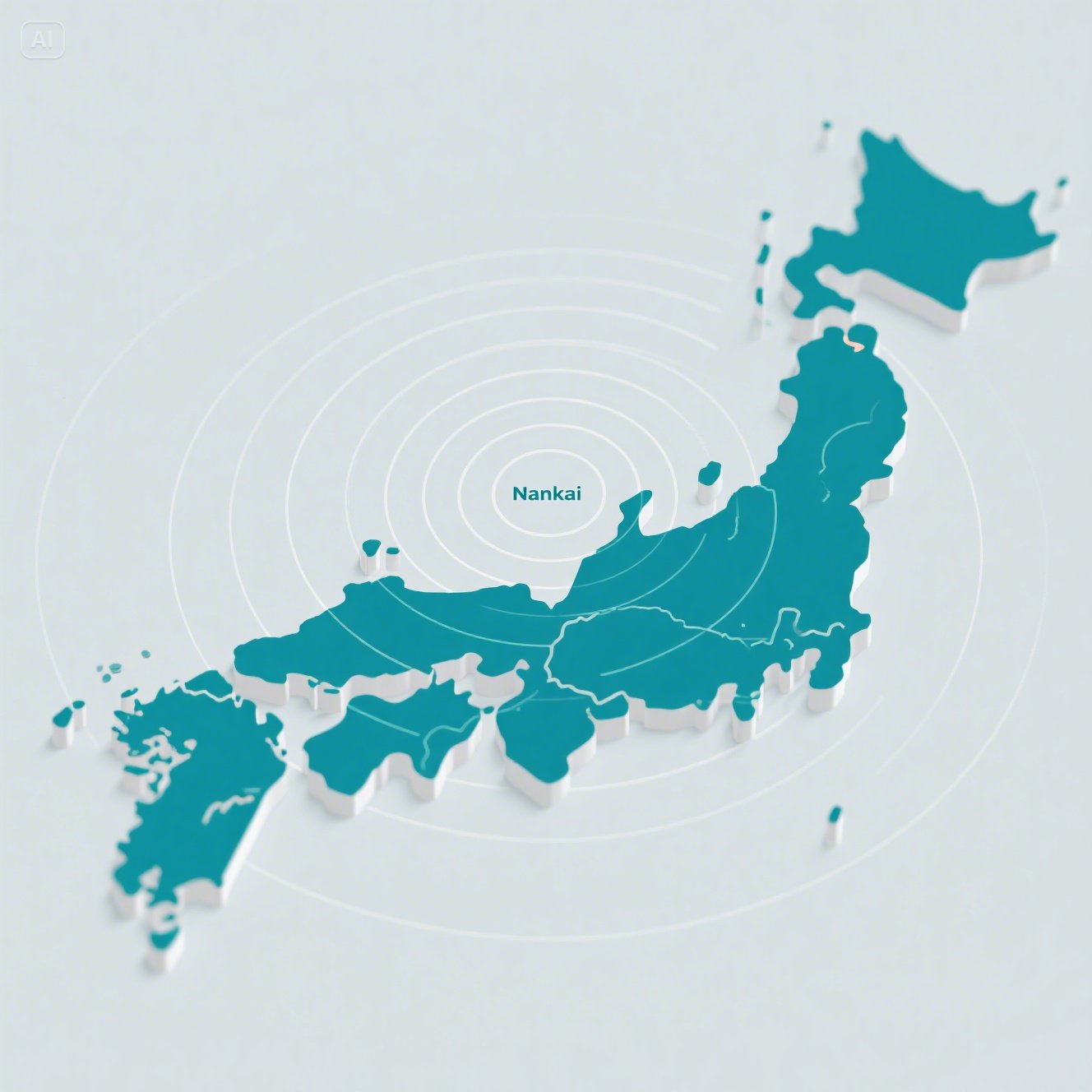The reality of the Nankai earthquake in Japan: Signs of a disaster to come
Uncovering the true nature of Japan’s upcoming mega-quake, the Great Nankai Earthquake. Magnitude 9.1, 30-meter tsunami, more than 320,000 people affected. This article provides scientific analysis and a survival guide to prepare for the impending catastrophe.
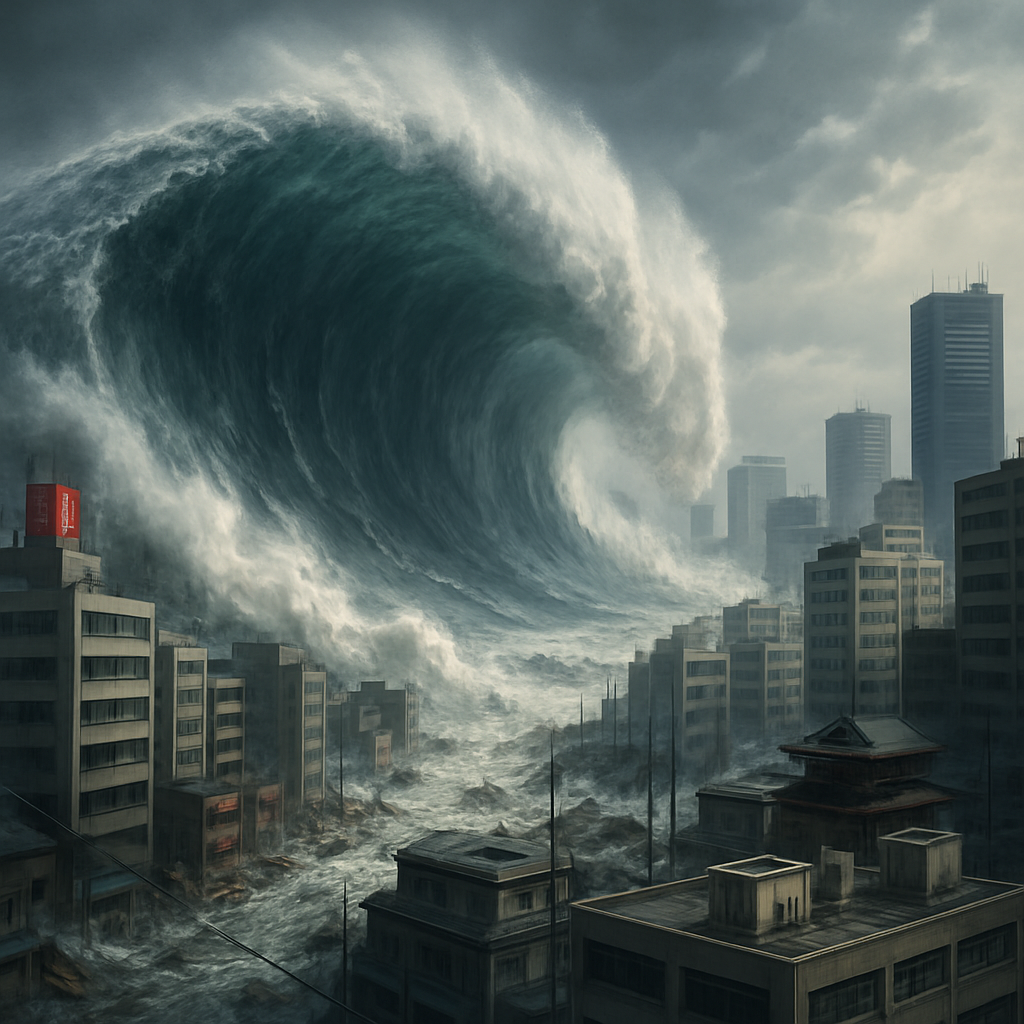
Silent alerts that break the peace
Japan, an earthquake powerhouse, and the fear of ‘that day’
Japan is a country of beautiful nature, but there’s always a terrifying anxiety lurking in the background. One word in particular is keeping the entire Japanese archipelago on edge right now: the Great Nankai Earthquake. A foretold catastrophe that the Japanese government has officially recognized and has been preparing for for decades. The more we learn about what it is, the more we get that eerie feeling of “it could really be coming soon”, along with a strange sense of dread.
What is Nankaitro?
The Nankai Trough is a trench (a point where oceanic and continental plates collide) that runs along the coastline of southern Honshu, Japan. It’s where the Philippine and Eurasian plates meet and accumulate enormous energy, and has historically been the site of repeated large earthquakes.
Nankai Earthquake Overview
Historical occurrence of the Nankai earthquake
- Hakuho Earthquake of 684
- Series of earthquakes from 1096 to 1498
- Great Hōei Earthquake of 1707
- 1854 Ansei Earthquake
- 1944 Donankai, 1946 Showa Nankai
As you can see from the history above, massive earthquakes hit Japan every 100-150 years or so, and now that cycle is coming to an end. The good news is that now could be “the time.
Earthquake frequency and predictability
Scientifically, earthquakes are known to be unpredictable, but analysis of recurring patterns shows that the Great Nankai Earthquake occurs every 75 to 150 years. After nearly 80 years of quiet since 1946, the warning is that now is the most dangerous time.
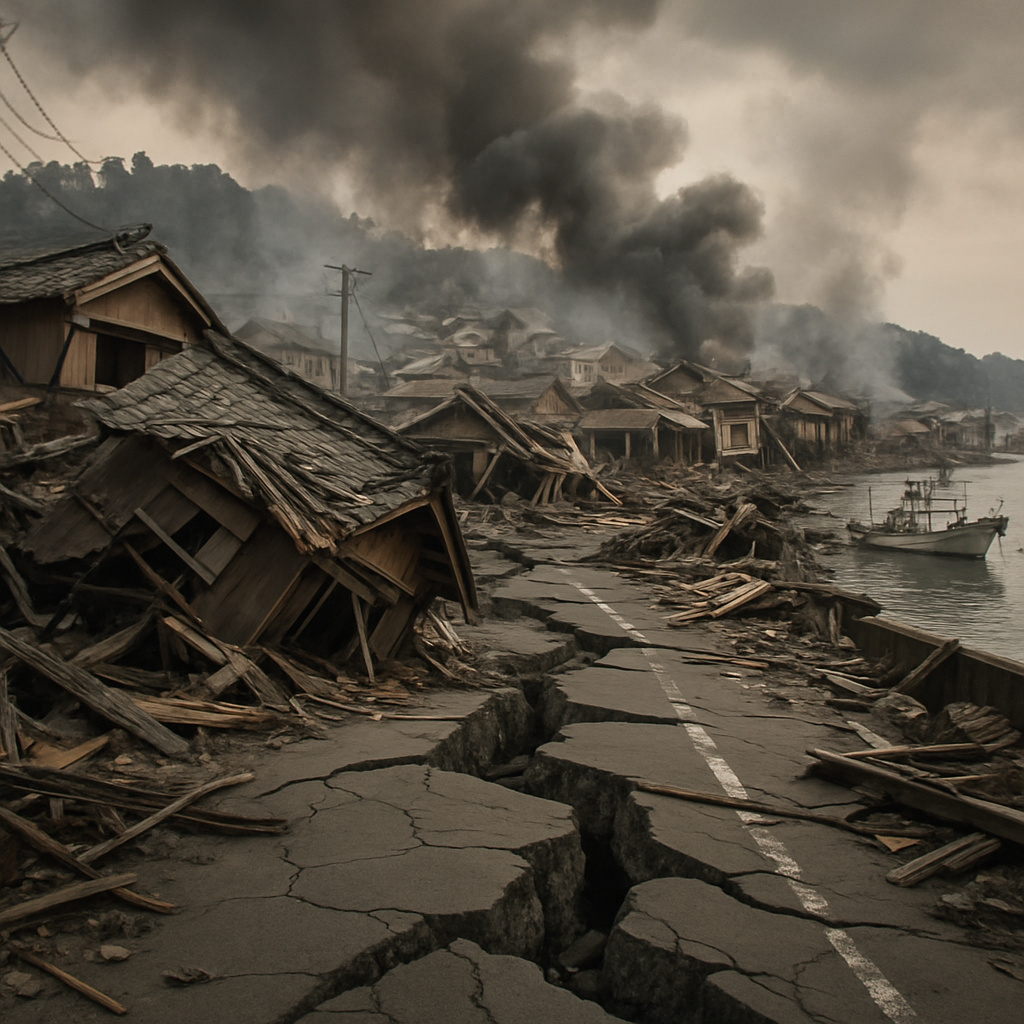
Epicenter and scale – the epicenter of a catastrophe
Location and Characteristics of Nankai Troughs
The Nankai Trough stretches about 700 kilometers from Shizuoka Prefecture to the eastern coast of Kyushu. Geologists analyze that this section is still slowly compressing, and its energy could erupt all at once at any moment.
Assumed magnitude of 9.1, tsunami height of 30 meters
Simulations by the Japanese government and university researchers predict a magnitude of up to 9.1, with a tsunami that could reach up to 30 meters. This is more than twice the power of the Great East Japan Earthquake of 2011 (magnitude 9.0, tsunami up to 15 meters).
Coastal cities hit hard
- TOKUSHIMA
- Wakayama
- Kochi
- Shizuoka
- Mie
These areas have an estimated tsunami arrival time of 3-5 minutes, which is barely enough time to evacuate.
Previous Nankai Earthquakes
The Great Hoei Earthquake of 1707 – the worst in history
- More than 20,000 dead
- Triggered volcanic activity on Mount Fuji
- Enough to shake Kyoto
The earthquake, combined with landslides, tsunamis, and volcanic eruptions, created a hellish landscape.
The 1946 Showa Nankai Earthquake – Postwar Despair
A year after Japan’s defeat, the Showa Nankai earthquake struck Kochi, killing about 1,300 people and destroying more than 50,000 homes. It was a shock that brought Japan back to its knees as it was barely beginning to rebuild after the war.
What the Japanese government and scientists are doing
Early warning systems – are they really effective?
Japan has one of the best earthquake early warning systems in the world. However, earthquakes in the Nankai Trough are characterized by extensive undersea fault movement, so the warning time is only seconds to tens of seconds.
Disaster drills are not realistic
Governments have tons of disaster preparedness manuals and drills, but drills are not the same as the real thing. People are not as calm as in drills, communications are paralyzed, and roads collapse. So how effective are the drills?
Damage estimates and realistic fears
320,000 dead, millions injured expected
According to official Japanese government simulations, 320,000 people could die in the Nankai earthquake, and more than 60% of the population in the affected areas would be severely affected.
Tsunami arrival time 3-5 minutes
If you’re on the coast, the moment you feel an earthquake, you need to run to higher ground, or a wall of tens of meters of water will engulf you.
Survivors’ simulation experience
“I was lucky to survive” – VR experience review
At the Earthquake Simulator Experience Center in Tokyo, Japan, you can experience the Nankai earthquake scenario in virtual reality. Real people say.
“The earthquake started, the alarms went off… but I didn’t move. Walls were crumbling, windows were flying, children were crying, and I just froze.”
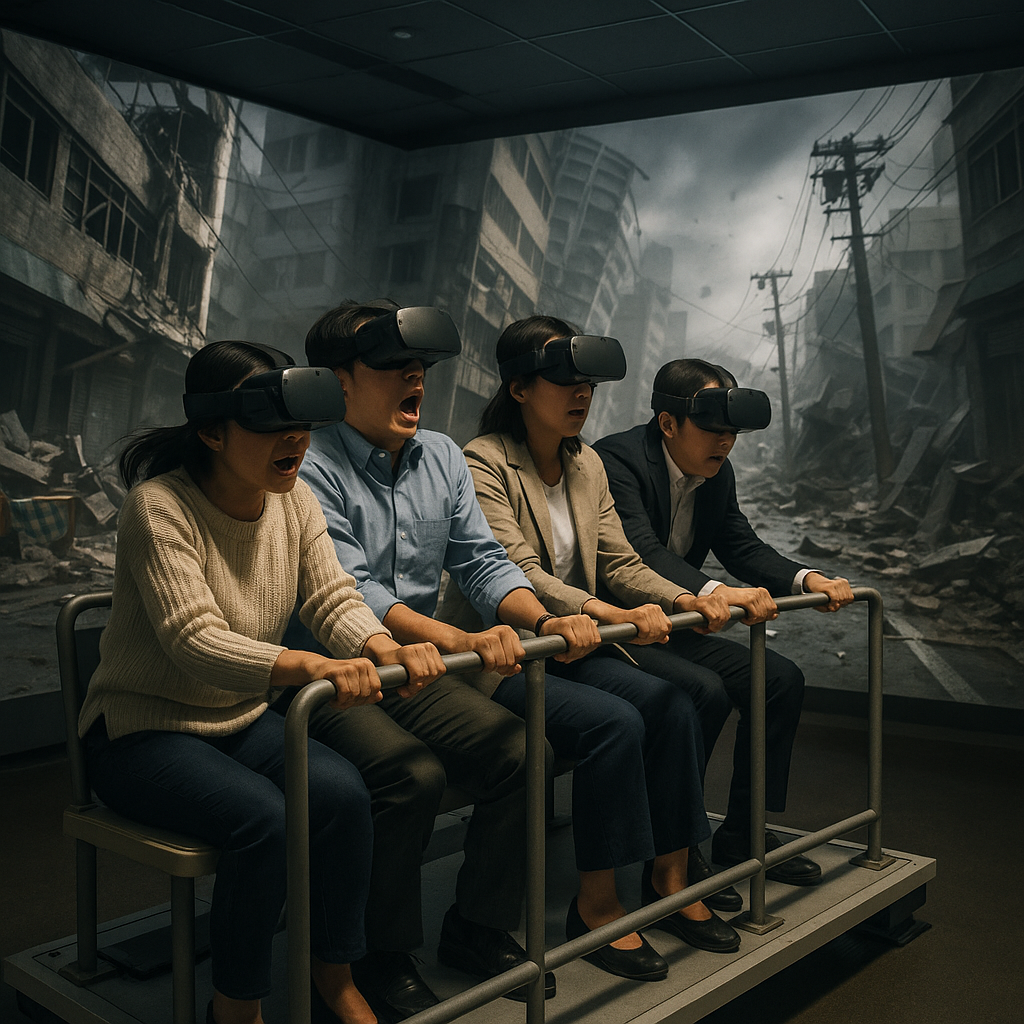
The Brutality of Tsunamis – A Wall of Water Swallowing Humans
A 30-meter tsunami is beyond what humans can imagine, sweeping away even concrete buildings. Entire villages disappear without a trace, and the survivors can only hope to be miraculously rescued from floating debris.
Economic shocks – ripples around the world
- Japan’s GDP shrinks by 20 percent
- Semiconductor, automotive supply chain collapse
- World stock markets crash
With most of the production bases of companies like Toyota, Sony, and Nissan located in the affected areas, a single earthquake can paralyze entire global industries.
The “silent belt” – energy that quietly builds up
What geologists fear most is the quiet here and now. There hasn’t been a major earthquake in the Nankai Trough since 1946, which means there’s a lot of energy building up.
Seismic precursors – are they detectable?
- Sudden Radio Interruption
- Strange animal behavior
- Ocean water temperature changes
There are claims that these signs can foreshadow earthquakes, but this has not been scientifically proven.
Changing the psychology of the Japanese people
The Japanese say.
“I wouldn’t be surprised if there was an earthquake tomorrow.”
This attitude isn’t just resignation, it’s a survival strategy that embraces earthquakes as a way of life. Even elementary school children are taught where to run in the event of a tsunami, and emergency rooms are prepared like everyday necessities.
Conclusion – A foretold disaster, are we ready?
The Great Nankai Earthquake is not a “may or may not happen” event. **It’s only a matter of “when.” No one knows if that day will be tomorrow or 10 years from now.
But one thing is clear.
That day will come.
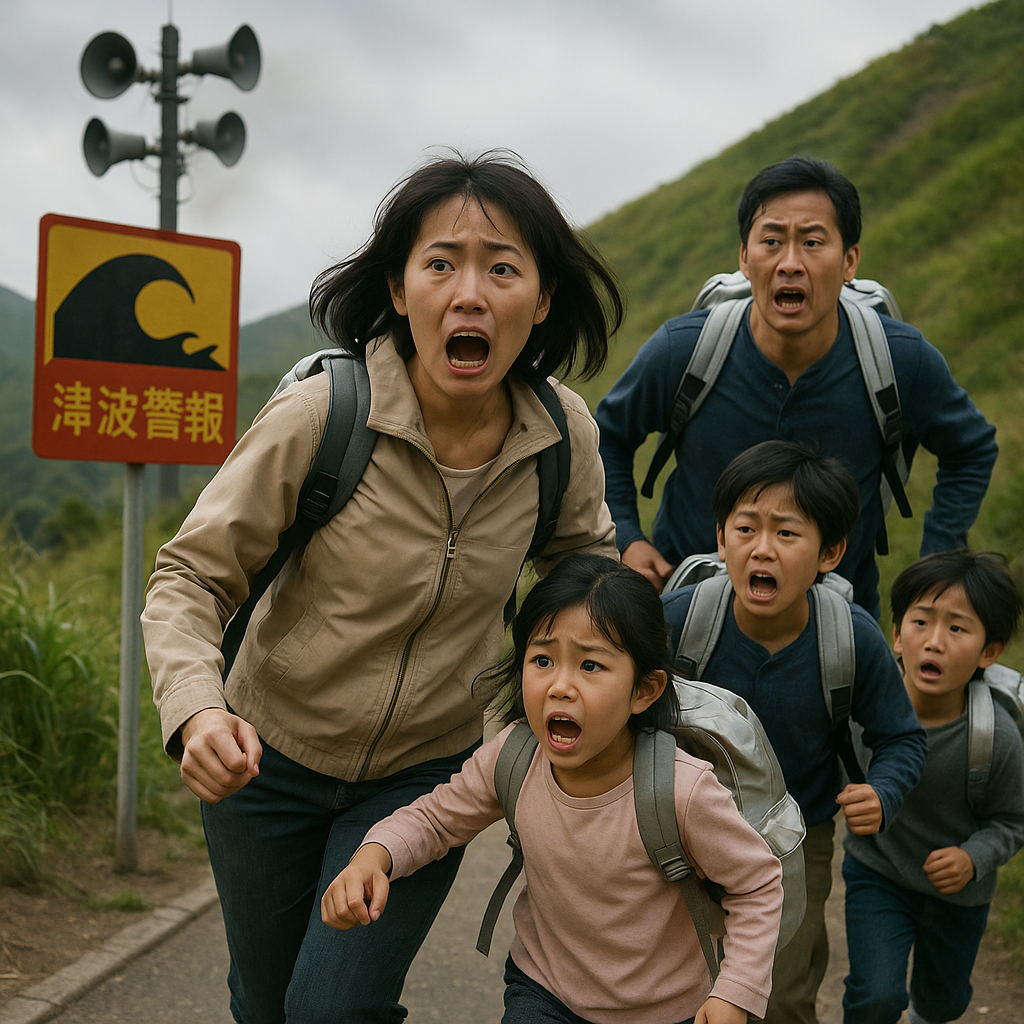
❓ FAQ
Q1. When will the Nankai earthquake occur?
While we cannot predict the exact date, based on past cycles and energy buildup, we believe it is likely to occur before 2040.
Q2. How should I evacuate if I’m traveling?
If you’re staying in a coastal area, always know where evacuation routes and higher ground are. It’s important to check the emergency evacuation manual when you check in to your accommodation.
Q3. Will there be an impact in South Korea?
While direct shaking damage is low, indirect tsunamis could reach the east coast, and the logistical and economic impact could be significant.
Q4. How far does a tsunami reach?
Within Japan, tsunamis can reach Tokyo Bay and Osaka Bay, and some areas in South Korea (Busan, Pohang) have the potential for a tsunami of 1-2 meters.
Q5. What should I be aware of outside of Japan?
Given the chain reaction of the global economy, countries that rely heavily on business investment or imports and exports require proactive risk management.
#nankai earthquake #japanearthquake #earthquakeforecast #tsunamiwarning #naturaldisaster #earthquakeevacuationtips #disastersimulation #japangovernmentresponse #earthquakesurvival #disasterblog
